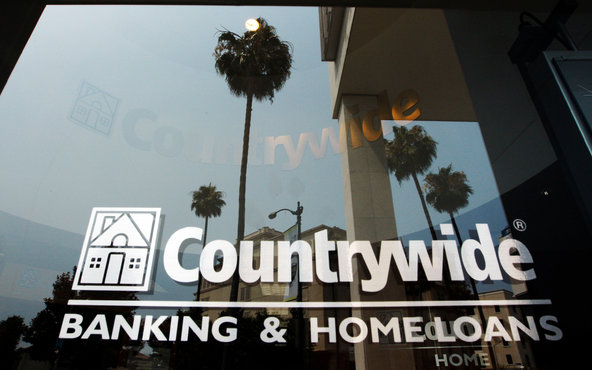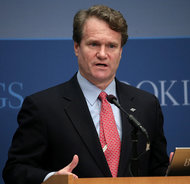In first quarter financial results released on Wednesday, revenue swelled to $3.7 billion, up 14 percent from a year earlier. EBay said net income was $677 million, or 51 cents a share, a 19 percent increase from a year earlier.
“We had a strong first quarter, with accelerating user growth across both Marketplaces and PayPal,” said John Donahoe, eBay’s president and chief executive, in a news release. “Technology is creating a commerce revolution, and we are in the forefront with strong mobile leadership and a focus on helping retailers and brands engage consumers anytime, anywhere.”
But the results, as well as second-quarter forecasts, fell short of Wall Street’s expectations, causing the stock to fall 1.6 percent in after-hours trading. The company forecast a second-quarter profit of 61 to 63 cents a share and revenue of $3.8 billion to $3.9 billion. Analysts were looking for earnings of 66 cents a share on revenue of $3.95 billion, according to Thomson Reuters.
EBay has successfully transformed itself from a site known as the virtual equivalent of a yard sale or dusty thrift shop to a sophisticated online marketplace, now competing with Amazon and other online retailers. It said that fixed-price merchandise, as opposed to its original auctioned merchandise, is now 68 percent of all goods sold. Most recently, the company has been experimenting with same-day delivery and courier services that let customers order through their mobile devices for delivery hours later. The company reported that its core retailing business, called Marketplaces, still shows strong growth, adding close to 4 million users during the period, bringing the total to 116 million, a lift of 13 percent.
Revenue from that division also grew 13 percent to $1.96 billion in the quarter. Four years ago, revenue in the unit was declining 18 percent. Some analysts say the future of the company depends largely on the continued success of its payments products, which primarily means PayPal, eBay’s mobile payments business, which continues to be a fountain of revenue. During the first quarter, the company said PayPal sales grew 18 percent, to $1.5 billion. The company also added 5 million PayPal customers during the quarter, bringing the total to 128 million.
Benjamin Schachter, a financial analyst at Macquarie Securities who follows eBay, said the company’s momentum is reflected in its stock price, which has steadily risen and closed at $56.10 on Wednesday.
“They’ve turned it around in the last couple of years,” he said. “But the question is, Can they keep that momentum going?”
That, he said, depends on how successfully eBay enables shoppers to buy and sell using their mobile devices as well as how they turn PayPal into an offline, real-world alternative to credit cards and cash.
“The idea is that when you walk into a store, instead of pulling out a Visa, you will pay with PayPal, either through your phone, saying your name or a separate, stand-alone device,” Mr. Schachter said. “The reason the stock is doing so well is because people are excited about the business possibilities.”
This article has been revised to reflect the following correction:
Correction: April 17, 2013
An earlier version of this article misstated the percent increase in eBay’s net income from a year earlier. It is 19 percent, not 20 percent. The error was repeated in the headline. The article also misstated revenue from the company’s Marketplaces division. It is 1.96 billion, not 1.54 billion.
Article source: http://www.nytimes.com/2013/04/18/technology/ebays-net-income-rises-20-percent.html?partner=rss&emc=rss





